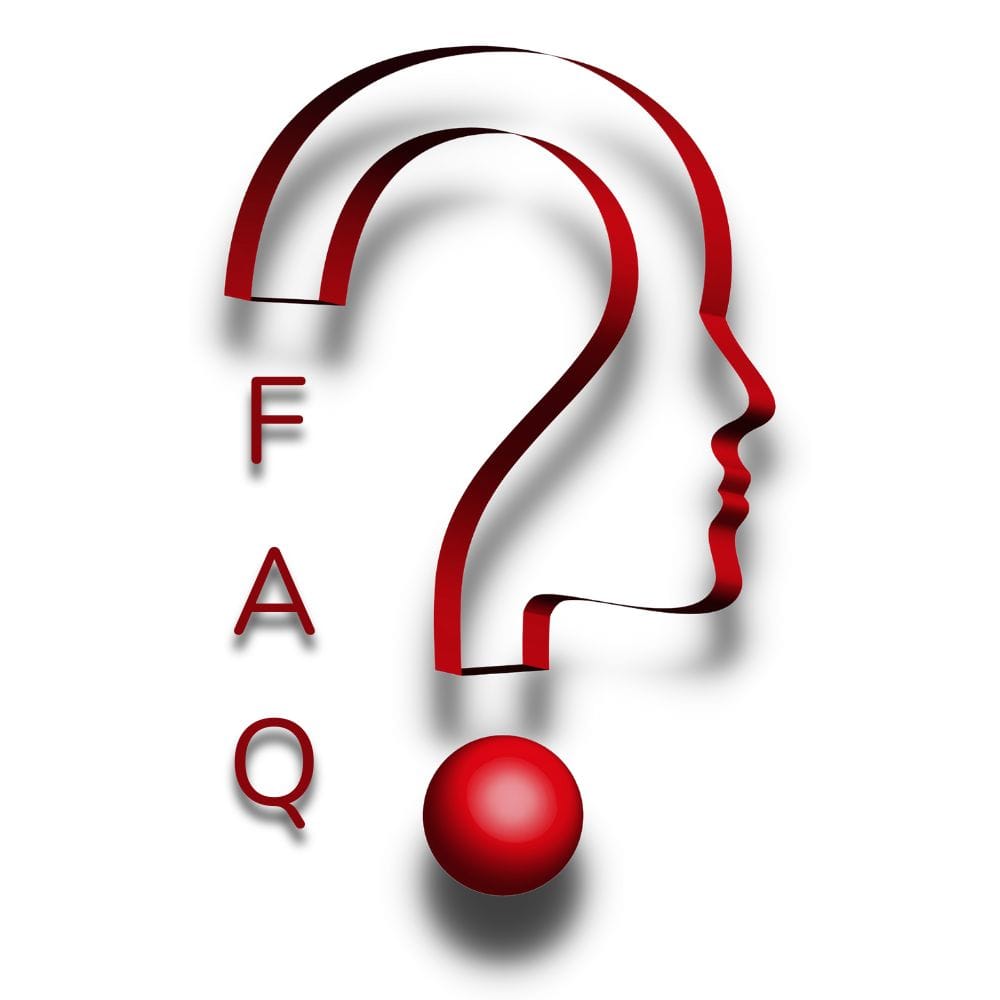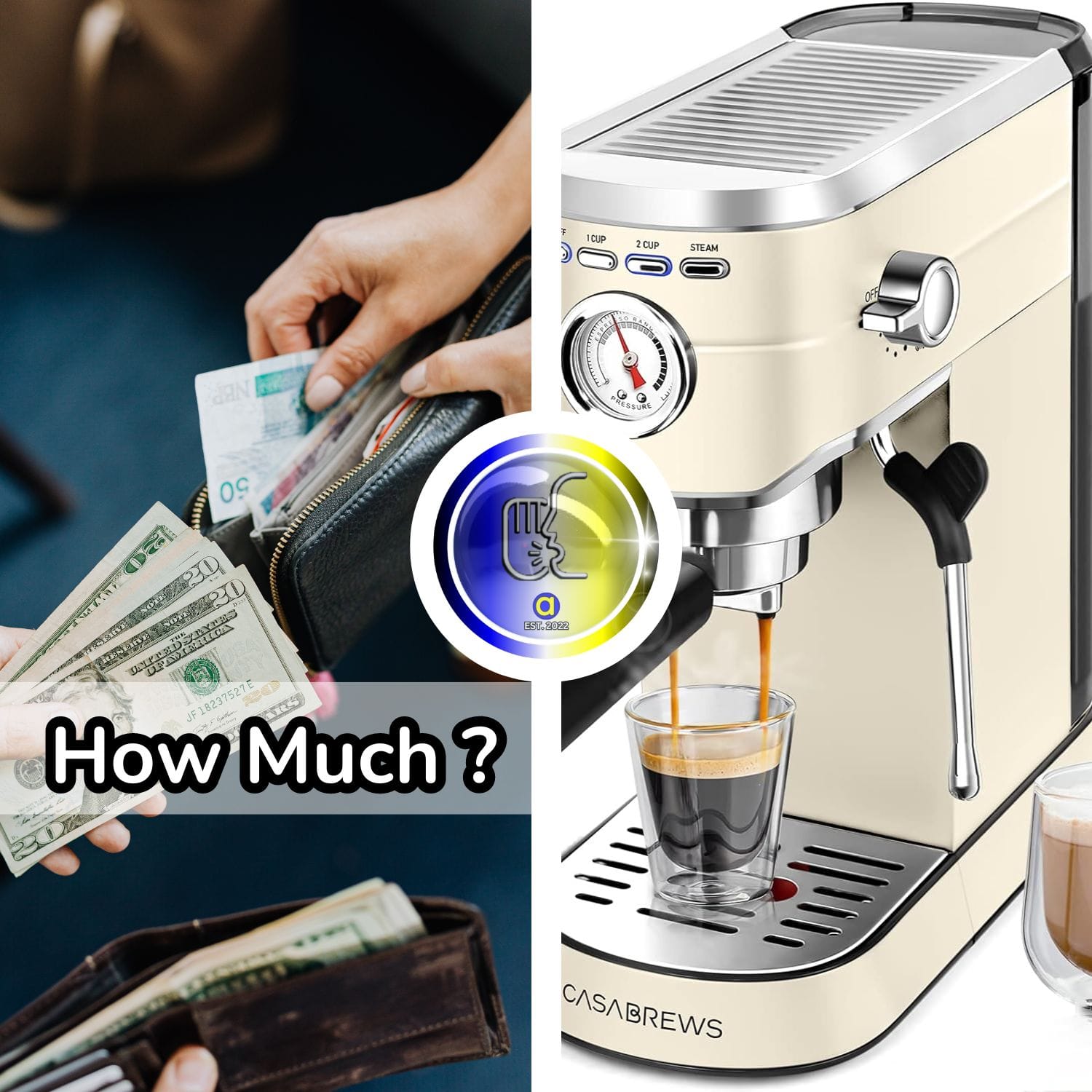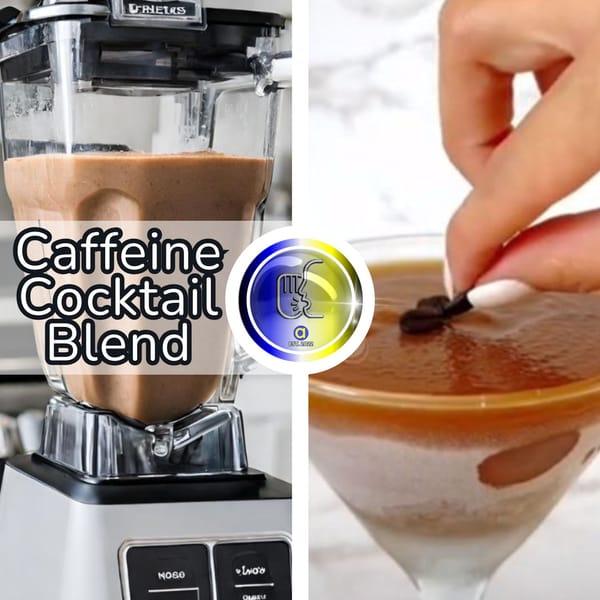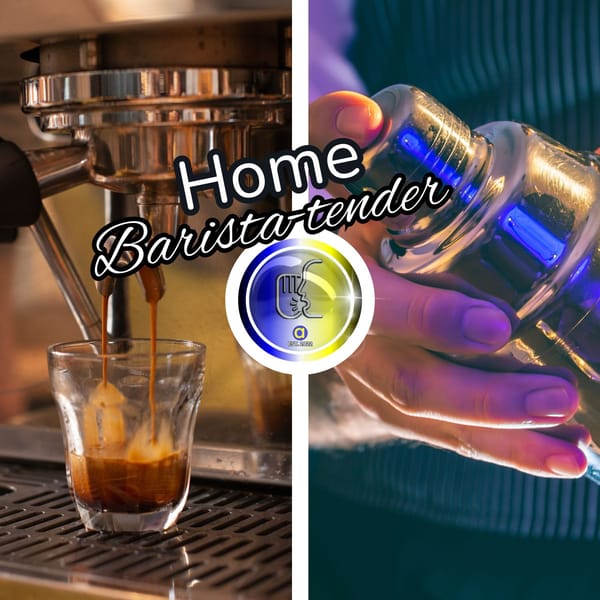Espresso machines are the heart of coffee shops and the soul of the home barista. The quest for the perfect espresso drives coffee enthusiasts to ponder one crucial question: how much should you pay for an espresso machine? Whether you're opening a café or simply elevating your home coffee game, the answer isn't straightforward.
It depends on a myriad of factors, from the type of machine to the features you desire. This article will guide you through the espresso landscape, helping you find the right machine at the right price.
Espresso Machine Cost: The Basics
When you step into the world of espresso machines, you'll find a spectrum of prices, from the humble moka pot to the high-end commercial machines. Entry-level espresso machines can start as low as $100, while high-quality machines with advanced features can soar into the thousands.
The average price for a good espresso machine for home use typically ranges between $400 to $700, with premium models reaching up to $2,000 or more.
Entry Level Espresso Machines: A Starting Point
For beginners, entry-level espresso machines offer a great starting point. These machines, such as the Gaggia Classic Pro or the Breville Barista Express, are designed for those who are new to the espresso making process.
They often feature single boilers and basic steaming milk capabilities. While they may lack advanced technology, they provide a solid foundation for making coffee and can cost anywhere from $150 to $500.
Commercial Espresso Machines: For the Serious Barista
Coffee shops and serious home baristas may opt for commercial espresso machines. These machines are built for high volume and consistent pressure, ensuring the same taste in every cup.
Commercial machines, equipped with dual boilers, heat exchangers, and advanced features like programmable settings and customizable settings, can cost anywhere from $2,000 to over $20,000, depending on the level of sophistication and capacity required.
Espresso Drinks Quality: More Than Just a Machine
The quality of espresso drinks isn't determined by the espresso machine cost alone. Coffee quality, from the high-quality beans to the grinding process, plays a significant role.
A good grinder, precise temperature control, and consistent brewing time are key components in achieving excellent espresso. Even with a modestly priced machine, using fresh, well-roasted beans and a good grinder can result in great espresso.
Manual Machines: For the Hands-On Enthusiast
Manual machines, like the classic moka pot or lever-operated espresso makers, offer maximum control over the brewing process. They require more effort and skill but can produce a latte art-worthy shot at a fraction of the cost of semi-automatic or fully automatic machines. Prices for manual machines can range from $30 for a simple moka pot to $1,000 or more for high-end models.
The Impact of a Built-In Grinder on Espresso Quality
When considering the purchase of a home espresso machine, one feature that can significantly elevate your coffee experience is a built-in grinder. The freshness of the grind is paramount for the best espresso, and having a grinder integrated into your machine ensures that your beans are ground just moments before brewing.
This not only enhances the flavor profile but also allows for a more consistent grind size, which is crucial for proper extraction. Machines with this feature might fall on the higher end of the price range, but for coffee aficionados, the investment is often justified by the superior taste and convenience.
Moreover, a built-in grinder simplifies the brewing process, making it more accessible for those new to the world of espresso. For your first espresso machine, this could mean the difference between a good and a great morning cup. It also reduces the need for additional equipment, saving valuable counter space in your kitchen. Whether you're considering an entry-level machine or looking at more advanced options, the inclusion of a built-in grinder is a factor worth weighing in your decision-making process.
The Role of Steam Wands in Espresso Excellence
When stepping into a coffee shop, the hiss and puff of steam wands are part of the symphony that promises a delightful espresso experience. Steam wands are not just a tool; they are the barista's wand for conjuring the perfect milk texture essential for lattes and cappuccinos. A semi-automatic machine equipped with a high-quality steam wand can elevate the coffee shop experience by providing the barista with the control needed to create microfoam with the ideal consistency. The difference between a flat latte and a velvety masterpiece often lies in the finesse with which the steam wand is used.
For commercial use, a steam wand's performance is non-negotiable. The best espresso machines boast steam wands that heat and froth milk quickly, consistently, and with the necessary steam pressure to cater to back-to-back orders. In a bustling coffee shop environment, a semi-automatic machine with a durable and efficient steam wand is indispensable. It's not just about speed; the quality of the froth directly impacts the taste and presentation of the drink. Therefore, investing in a machine with a superior steam wand is a wise decision for any establishment that prides itself on serving high-quality espresso drinks.
The Significance of Semi-Automatic Espresso Machines
Semi-automatic espresso machines strike an exquisite balance between the artistry of manual brewing and the convenience of fully automated systems. These machines are the go-to choice for coffee aficionados who crave the satisfaction of hands-on brewing without the steep learning curve. With a semi-automatic, you control the grind, the tamp, and the shot timing, which means you can fine-tune your espresso to your exact preference. The tactile experience of pulling your shot is not just about the ritual; it's about the empowerment to craft your perfect espresso every time.
Moreover, semi-automatic machines often come with a range of customizable options that can cater to both novices and experienced baristas. Whether it's adjusting the pressure or experimenting with different extraction times, these machines offer a playground for those who want to explore the depths of espresso flavors. And when paired with high quality beans, the semi-automatic machine becomes a formidable tool in your coffee arsenal, capable of producing rich, complex, and satisfying shots that rival your favorite café.
Entry Level Machines: Your Gateway to Gourmet Espresso
Entry level machines are the perfect starting point for budding baristas and coffee lovers looking to elevate their home brewing experience. These machines are designed to be user-friendly, with intuitive controls and straightforward maintenance routines, making them accessible to those who are new to the world of espresso. Despite their simplicity, entry level machines can still pack a punch, delivering a quality cup that can ignite a passion for the finer details of coffee making. They are the stepping stones to a more sophisticated coffee journey, providing a solid foundation without overwhelming the user.
What's more, many entry level machines now come equipped with features that were once reserved for their pricier counterparts, such as built-in grinders. The inclusion of a built-in grinder is a game-changer, as it ensures the freshest possible grounds for your espresso, which is crucial for achieving that sought-after rich crema and full-bodied flavor. By starting with an entry level machine that includes a grinder, you're setting yourself up for success, ensuring that even your earliest attempts at home brewing are met with high-quality results that encourage further exploration and skill development.
The Allure of Built-In Grinders in Espresso Machines
Imagine the aroma of freshly ground coffee beans greeting you as you enter a coffee shop; it's an integral part of the sensory experience that coffee aficionados cherish. A built-in grinder in an espresso machine is more than a convenience; it's a statement of commitment to the freshest possible espresso shot. High-quality beans deserve to be ground moments before brewing to preserve their flavor profile and oils. An entry-level machine with a built-in grinder can be a game-changer for home baristas, offering a glimpse into the professional coffee-making world without the need for separate grinding equipment.
For commercial use, the efficiency and consistency provided by a built-in grinder cannot be overstated. It ensures that each cup of espresso maintains the same standard, a hallmark of a reputable coffee shop. Moreover, a semi-automatic machine with this feature streamlines the brewing process, allowing baristas to focus on the art of espresso making rather than juggling between different appliances. The built-in grinder is not just a tool; it's an essential component that can make or break the espresso experience, ensuring that every cup is as fresh and flavorful as the last.
Choosing Between Single Boiler and Dual Boiler Machines for Home Use
When diving into the world of home espresso machines, understanding the difference between single boiler and dual boiler machines is essential. Single boiler machines are typically found in the entry-level price range and are a great choice for those who are purchasing their first espresso machine. They are more affordable and can produce excellent espresso; however, the boiler temperature must be manually adjusted between brewing and steaming, which can be a bit of a learning curve for beginners.
On the other hand, dual boiler machines offer distinct advantages for those who have a higher budget and are looking for commercial espresso machine features for home use. With separate boilers for brewing and steaming, these machines allow you to pull shots and froth milk simultaneously, saving time and providing a more efficient workflow. This can be particularly beneficial if you entertain often or simply don’t want to wait between brewing and steaming. The consistent boiler temperature also ensures that each espresso shot is extracted under optimal conditions, contributing to a consistently high-quality beverage. But only if you have the proper power running to the machine, which is not standard is most residential homes.
Semi-Automatic Machines: Balancing Control and Convenience
Semi-automatic machines strike a balance between manual control and programmable convenience. They allow home baristas to experiment with coffee grounds, water temperature, and brewing time while handling the pressure and temperature settings automatically. Semi-automatic machines like the Gaggia Baby can range from $300 to $1,500.
Advanced Features: Worth the Higher Price Tag?
Advanced features such as built-in grinders, milk frothing capabilities, and dual boilers can drive up the price of an espresso machine. For instance, the Breville Barista Express, with its built-in grinder and customizable settings, falls in the mid-range price category. However, these features can simplify the espresso making process and improve the overall quality of the drink.
Heat Exchanger vs. Dual Boilers: A Technical Consideration
The choice between heat exchanger and dual boiler machines is crucial for those seeking precise temperature control and the ability to steam milk and brew espresso simultaneously. Dual boilers offer more stability but come with a higher price tag, often exceeding $2,000. Heat exchanger machines, on the other hand, provide a more cost-effective solution with prices starting around $1,000.
The Right Machine for Your Coffee Making Skills
Your coffee making skills should influence your choice of espresso maker. Beginners might find entry-level machines with fewer bells and whistles more approachable, while experienced baristas might seek out machines that offer more advanced technology and features for brewing process customization.

Price Ranges: From Entry Level to Luxury
Espresso machines come in various price ranges to suit different budgets and needs. Entry-level machines are typically the most affordable, while luxury machines with all the advanced features can command a higher price tag. It's important to consider ongoing maintenance costs as well, as these can add up over time.
Personal Preferences: Tailoring Your Investment
Personal preferences play a significant role in determining the right machine for you. Some may prioritize milk frothing for latte art, while others might focus on the extraction process and brewing time. It's essential to weigh these preferences against the cost to find a machine that meets your needs without breaking the bank.
Summary
Investing in an espresso machine is a decision that should be made with careful consideration of your needs, preferences, and budget. Entry-level machines provide a cost-effective way to start making espresso at home, while commercial machines cater to those with higher volume needs or a desire for advanced features. Remember that the cost of the machine is just one part of the equation; the quality of your coffee, your skills, and the ongoing maintenance are all crucial to the espresso experience. By understanding the different factors that contribute to the cost of an espresso machine, you can make an informed decision that balances price with performance.

FAQ Section
Q: What is a reasonable price for a good home espresso machine?
A: A reasonable price for a good home espresso machine typically ranges from $400 to $700. However, you can find entry-level machines for as low as $150 and premium models that may cost over $2,000.
Q: Do more expensive espresso machines make better coffee?
A: Not necessarily. While more expensive machines often offer more features and better build quality, the coffee quality also depends on the beans, the grinding process, and the barista's skills. Even a modestly priced machine can produce excellent espresso with the right ingredients and techniques.
Q: Is it worth investing in an espresso machine with a built-in grinder?
A: A built-in grinder can be a convenient feature that ensures fresh grinding of coffee beans for each shot, which can improve the taste of your espresso. If you value convenience and are looking to save space, an espresso machine with a built-in grinder could be a worthwhile investment.
RELATED: Best Espresso Machines Under $200







